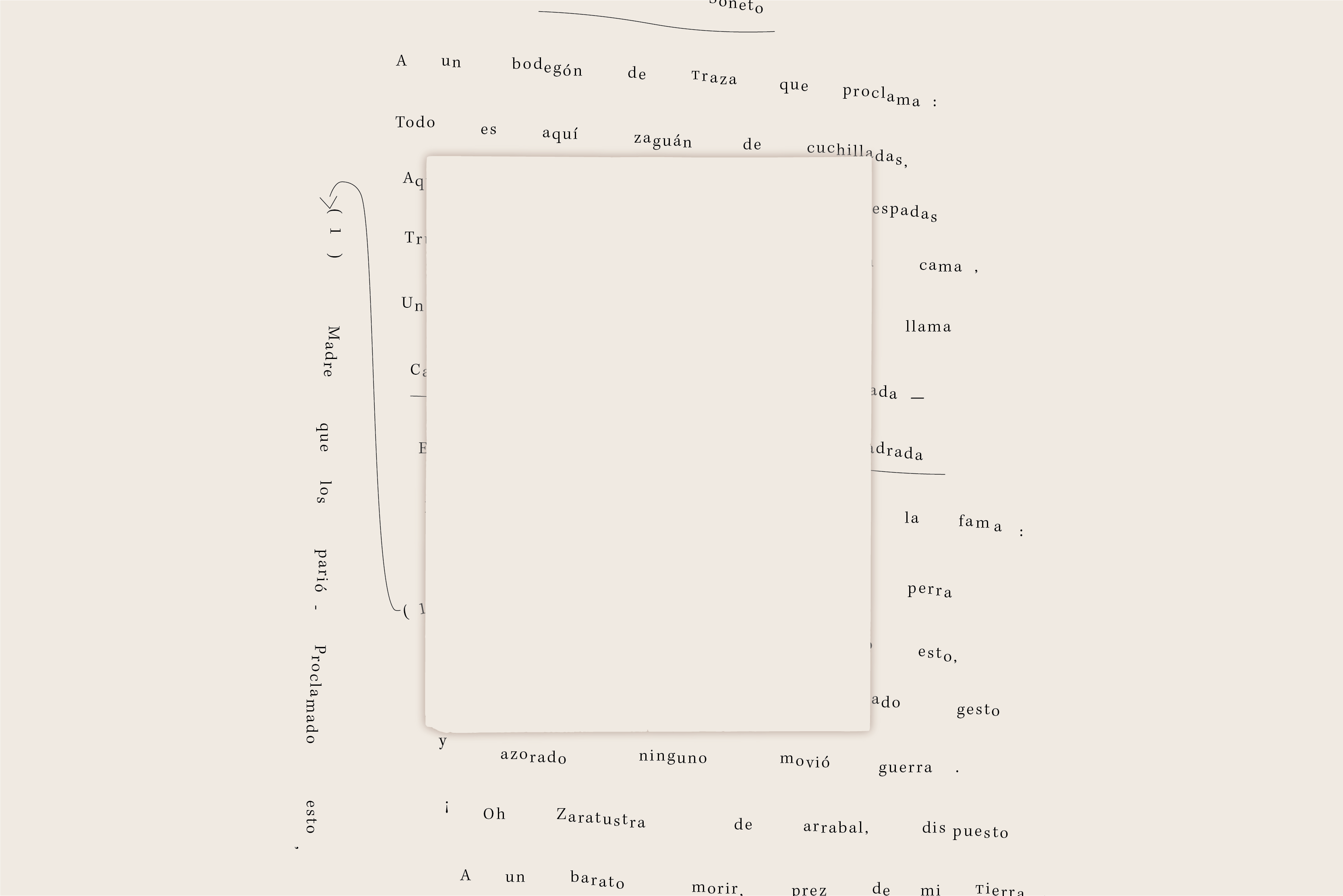
Jorge Luis Borges’s Typographic Manuscripts
A fundamental aspect of communication design, translation between semiotic systems is a core element of this work. It involves a deeply focused material exploration in the setting of type in relationship to calligraphy that raises questions on the nature of graphic translation, adaptation and reproduction.
Initiated during a 6-month sabbatical in the Spring 2017, and in collaboration with the Borges Centre, the project brings together a series of Borges’s manuscripts, many of them unpublished texts, and through a practice-based research approach develops the standards for the production of their typographic transcriptions. The corpus of transcriptions is being gathered in a series of books co-authored with Borges’s scholar Daniel Balderston at the University of Pittsburgh. Each of the three anticipated volumes (Poems, Essays, Short Stories) includes a selection of manuscripts, their typographic transcriptions and commentary, and a reflective chapter on the process and nature of the typographic translations.
The first of the three volumes, Poemas y Prosas Breves, is available for purchase at Amazon.